
Arlington National Cemetery is one of two cemeteries in the United States National Cemetery System that are maintained by the United States Army. Nearly 400,000 people are buried in its 639 acres in Arlington County, Virginia.

The San Fernando Mission Cemetery is a Catholic cemetery located in the Mission Hills community of the San Fernando Valley of Los Angeles. The property adjoins the San Fernando Mission and Bishop Alemany Catholic High School.
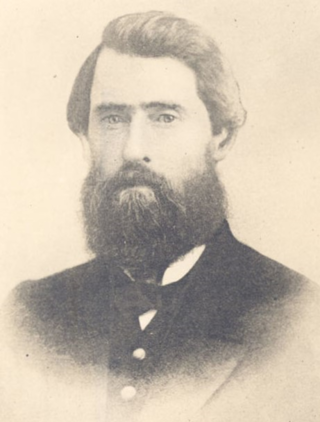
Jason Lee was a Canadian Methodist Episcopalian missionary and pioneer in the Pacific Northwest. He was born on a farm near Stanstead, Quebec.

Willamette Heritage Center is a museum in Salem, Oregon. The five-acre site features several structures listed on the National Register of Historic Places including the Thomas Kay woolen mill, the Jason Lee House, Methodist Parsonage, John D. Boon House, the Pleasant Grove (Condit) Church. The houses and church were relocated to the mill site. The Center also includes a research library and archives of Marion County history.

Mikveh Israel Cemetery is the oldest Jewish cemetery in Philadelphia, Pennsylvania, giving evidence of a settled community as early as 1740. A number of outstanding patriots, pioneers, and other notables of the Jewish faith who made important contributions to the history and freedom of America during the Colonial and Revolutionary period were interred here, and for this reason, in 1959, by an act of Congress, the burial ground was designated as a unit of the Independence National Historical Park, while continuing to be maintained by the sponsoring Congregation Mikveh Israel. The cemetery was certified by the Philadelphia Historical Commission, and in 1971, it was listed on the National Register of Historic Places.
Alanson Beers was an American pioneer and politician in the early days of the settlement of the Oregon Country. A blacksmith by trade, he was a reinforcement for the Methodist Mission in what would become the state of Oregon. The Connecticut native helped found the Oregon Institute and participated in the Champoeg Meetings where he was elected to serve on the Executive Committee in 1843.

The Oregon Institute was an American school located in the Willamette Valley of the Oregon Country during the 19th century. Begun in 1842, it was the first school built for European Americans west of Missouri. Founded by members of the Methodist Mission, it was located in what is now Salem, Oregon. The school began as a pre-college institution, but by 1853 was developed as Willamette University. The school's three-story building was a prominent feature in the early days of Oregon; it served as a meeting place for the Oregon Territorial Legislature when it first moved to Salem.
The Methodist Mission was the Methodist Episcopal Church's 19th-century conversion efforts in the Pacific Northwest. Local Indigenous cultures were introduced to western culture and Christianity. Superintendent Jason Lee was the principal leader for almost a decade. It was a political and religious effort. Two years after the mission began, the church's Board of Foreign Missions described its intent to reclaim "these wandering savages, who are in a very degraded state, to the blessings of Christianity and civilized life." Alongside the missions founded in the region were several secular operations opened. These were maintained to allow for material independence from the Hudson's Bay Company (HBC), then the preeminent economic entity in the region among European descendants.
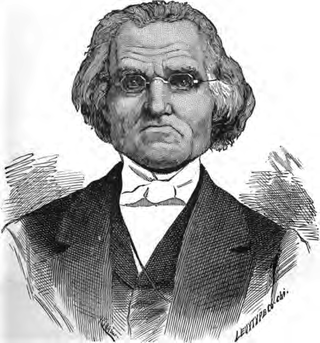
David Leslie was an American missionary and pioneer in what became the state of Oregon. A native of New Hampshire, he joined Jason Lee as a missionary at the Methodist Mission in the Oregon Country in 1836. In that region he participated in the early movement to start a government and his home was used for some of these meetings. With the closing of the mission he became a founder of the city of Salem, Oregon, and board member of the Oregon Institute, which later became Willamette University.
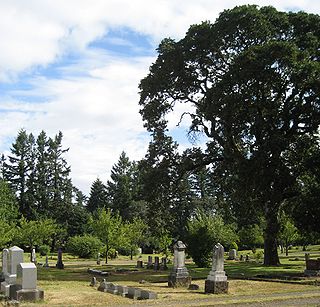
Salem Pioneer Cemetery is a cemetery in Salem, Oregon, United States. It has been listed as a National Register of Historic Places since 2013, under the name Odd Fellows Rural Cemetery.
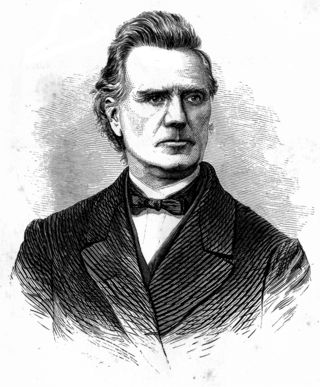
Reverend Gustavus Hines was an American missionary in Oregon Country. Working for the Methodist Mission in what became the state of Oregon, the New York native became involved in early attempts to form a government at the Champoeg Meetings in 1841. Later he served on the board of trustees for the Oregon Institute, which became Willamette University, and wrote several books on Oregon.
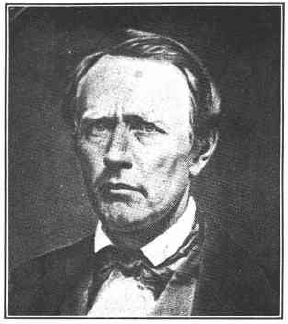
William Holden Willson was a pioneer of the U.S. state of Oregon and the founder of its capital city, Salem. A native of New Hampshire, he immigrated to the Oregon Country in 1837 to work at the Methodist Mission, and there would participate in the Champoeg Meetings. Willson served as the first treasurer of the Provisional Government of Oregon.

Reverend Josiah Lamberson Parrish was an American missionary in the Pacific Northwest and trustee of the Oregon Institute at its founding. A native of New York, he also participated in the Champoeg Meetings that led to the formation of the Provisional Government of Oregon in 1843. Parrish was married three times and was the first breeder of pure-bred sheep in Oregon.

Alvin F. Waller (1808–1872) was an American missionary in Oregon Country and an early leader at Willamette University in Salem, Oregon. He was a native of Pennsylvania and helped found the first Protestant church west of the Rocky Mountains in 1843 in Oregon City.

The Revolutionary War Cemetery, also called the Old Salem Burying Ground, is located on Archibald Street, just off state highway NY 22 in the village of Salem, New York, United States. It is a 2.6-acre (1.1 ha) area with over a thousand graves, at least 100 of which are those of Revolutionary War dead or veterans.
In the United States, Canada, Australia, and elsewhere, a pioneer cemetery is a cemetery that is the burial place for pioneers. American pioneers founded such cemeteries during territorial expansion of the United States, with founding dates spanning, at least, from the late 18th to early 20th centuries.
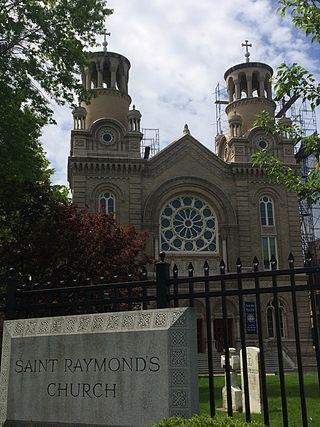
St. Raymond's Church is a parish church under the authority of the Roman Catholic Archdiocese of New York, located at Castle Hill Avenue at Tremont Avenue, The Bronx, New York City. The parish was established in 1842. It was dedicated on the feast of St. Raymond Nonnatus, on August 31, 1845, thus getting its name. There is a stained glass window, on the right side if you are looking at the sanctuary, of St. Raymond Nonnatus and the men who took him hostage.
The Clatsop Mission was an outpost of the Methodist Mission near modern Astoria, Oregon, United States. Joseph H. Frost and his family was sent to the Clatsop Plains at the mouth of the Columbia River in 1841. Frustrated at his inability to convert the local Clatsop and Nehalem people, Frost took his family and left the area in August 1843. Josiah Parrish was appointed as his replacement, working at the station until its closure the following year in 1844.

Jason Lee, also known as Reverend Jason Lee, is an outdoor bronze sculpture of Jason Lee, located in Salem, Oregon, United States. It was designed by Alexander Phimister Proctor, who died in 1950 when only the work's model was finished. His son Gifford MacGregor Proctor completed the sculpture between 1950 and 1953. The one installed on the grounds of the Oregon State Capitol is a duplicate of a bronze statue unveiled in the United States Capitol in 1952.
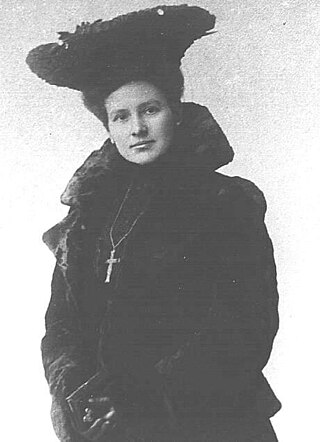
Hallie Parrish Hinges was an American singer nicknamed "The Oregon Nightingale". She performed for many notable people, including presidents Benjamin Harrison, William McKinley, and Theodore Roosevelt.


















